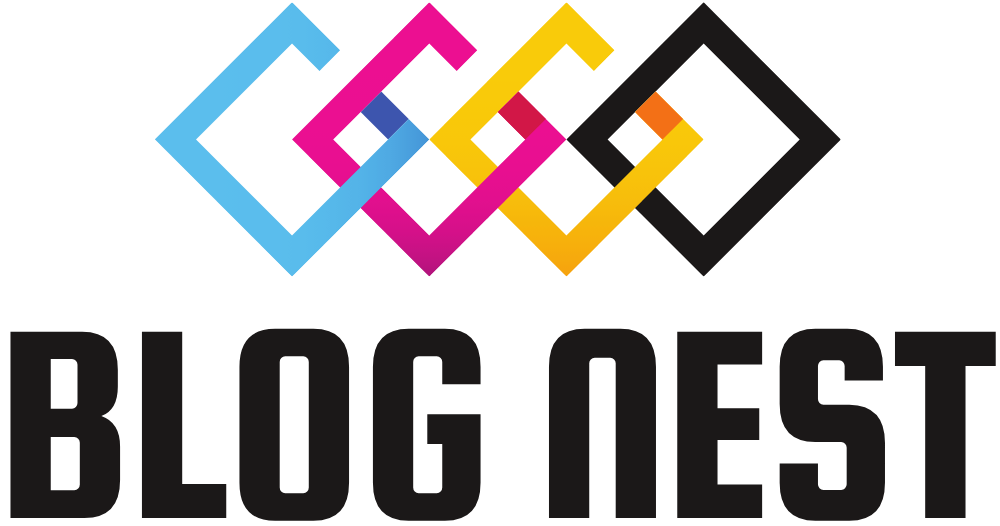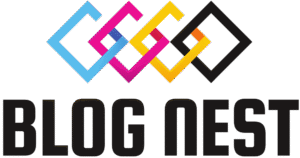Social media marketing has evolved into a cornerstone of digital strategy for brands aiming to thrive in today’s fast-paced online ecosystem. With billions of active users across platforms like Instagram, TikTok, Facebook, and LinkedIn, the potential reach is massive. Businesses are no longer treating social media as a side strategy; it has become the main engine that drives brand awareness, customer engagement, and ultimately, revenue.
Building Brand Identity One Post at a Time
A brand’s social media presence shapes how it is perceived. Platforms allow brands to craft their identity through visuals, tone, and consistent messaging. Whether it’s a playful TikTok account or a sleek Instagram profile, each post contributes to the bigger picture. Businesses can now humanize their message, showcase their values, and build trust directly with followers through comments, stories, and reels.
Engagement as a Measurable Currency
In social media marketing, engagement is king. Likes, shares, comments, and saves are tangible indicators of content effectiveness. More than vanity metrics, these interactions signal brand relevance and drive algorithms to boost visibility. Brands that prioritize conversation over broadcasting are building loyal communities instead of just collecting followers. This human-centered approach boosts brand recall and encourages customer advocacy.
Influencer Marketing Is Changing the Game
Collaborating with influencers has become a mainstream strategy. Micro and macro influencers alike serve as credible voices that can introduce brands to niche or broad audiences. Their recommendations often feel more authentic than traditional ads. Companies across industries are allocating significant budget portions to influencer partnerships, knowing that personal storytelling and audience trust result in higher conversion rates.
Visual Storytelling Through Content Creation
Content creation has moved beyond text and photos. Video content, especially short-form, is dominating. Reels, TikToks, and YouTube Shorts deliver messages quickly and memorably. Brands are investing in creative teams or tools to produce visually compelling stories that align with their message. Social media marketing thrives on storytelling, and visually immersive content makes messages stick.
Paid Advertising and Targeted Reach
Social platforms offer some of the most advanced targeting tools in digital advertising. With the ability to filter audiences by interests, behavior, demographics, and more, businesses can stretch their budgets farther. Paid social campaigns are essential for reaching cold audiences and retargeting those who have interacted previously. From lookalike audiences to boosted posts, the possibilities are endless.
Real-Time Analytics for Smarter Strategy
Data drives every successful social media campaign. Platforms provide insights into performance, audience behavior, and engagement trends. This allows marketers to pivot strategies on the fly, double down on what works, and eliminate what doesn’t. Real-time feedback empowers brands to evolve continuously and refine messaging for maximum impact.
Community Management Builds Loyalty
Engagement doesn’t end at content publishing. Community management—responding to comments, DMs, and mentions—fosters relationships. Customers feel valued when brands respond personally, leading to stronger loyalty and increased retention. A brand that listens and interacts stands out in a sea of automated marketing efforts.
The Cross-Platform Advantage
Each social media platform has a unique user base and style. Brands that tailor content for each channel expand their reach and relevance. LinkedIn might be best for thought leadership, while Instagram showcases lifestyle content. A cross-platform strategy ensures no audience segment is left out and helps reinforce brand messaging across multiple touchpoints.
Social Media and E-Commerce Integration
Platforms like Instagram and Facebook have transformed into shopping hubs. Social commerce is on the rise, enabling customers to make purchases without leaving the app. Shoppable posts, live shopping events, and product tagging turn followers into instant buyers. Brands offering physical goods, like apparel or accessories such as custom PVC patches, can benefit from these integrations to drive direct sales from their content.
Conclusion: A Dynamic Toolset for Brand Success
Social media marketing is not static; it’s dynamic and ever-evolving. Brands that adapt to new features, trends, and user behavior will continue to thrive. From audience engagement and visual storytelling to influencer partnerships and commerce, social media offers a comprehensive toolkit for digital success. Investing in this space isn’t optional anymore—it’s essential for any brand that wants to grow, connect, and lead in the digital age.







